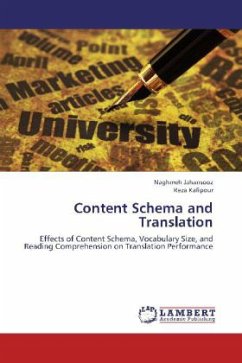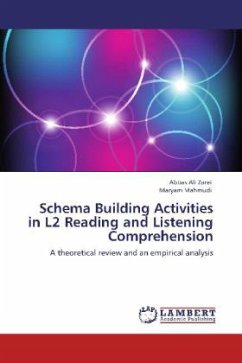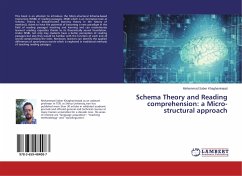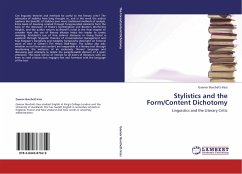Successful translation depends largely on interpreting a text, inferencing from and predicting about it. Schemata in general and content schema in particular play a crucial role in these three processes on one hand. On the other, prospering interpretation is closely tied to common schemata between the writer and the translator. Consequently, translation process can be considered as a process of schemata transformation. It is the translator s as the reader of the source text schemata, which help her/him filling the existing gaps in a text. Viewing the translator as the reader of the source text would bring reading comprehension into focus, especially when dealing with novice translators and translator trainees. This book therefore tries to shed light on the integration of three effective factors in language learning with translation. To this end, the inter-connectivity among content schema, vocabulary size as a slight part of formal schema, and reading comprehension is identified.In addition, it would open new insights for translator trainers and trainees, curriculum and book designers, and anyone who is interested or engaged in translation and learning English.
Bitte wählen Sie Ihr Anliegen aus.
Rechnungen
Retourenschein anfordern
Bestellstatus
Storno








